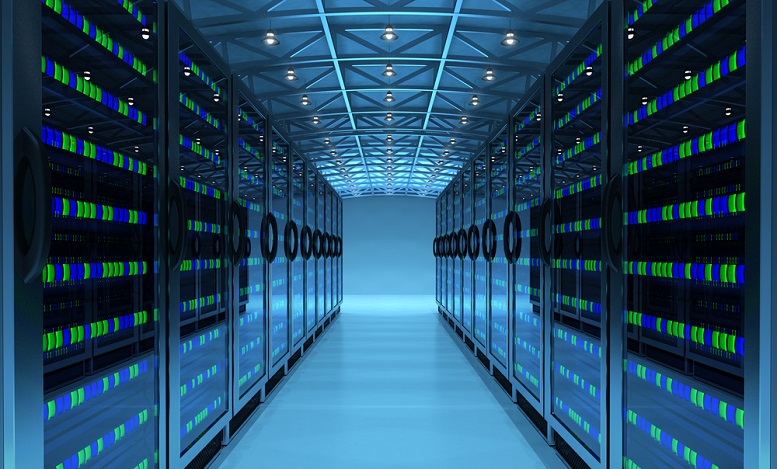Now that you’ve upgraded to Windows Server 2012, you’ve noticed better performance and probably feel more secure with regard to vulnerability to cyber attacks. With those advantages in place, it’s time to look at some of the more advanced benefits just waiting for you. Here are two that can make a significant difference for your plans and executions.
Built-in virtualization by way of the Hyper-V hypervisor means getting more and better utilization out of every server. The ability to run multiple instances of the operating system on a single server can change the way you purchase hardware and greatly increase utilization. This allows you to consolidate the number of servers needed to run your company while still delivering the performance required by each.
In addition to virtualizing OS and applications, Hyper-V also provides for network virtualization. This makes it possible to isolate network traffic based on usage and need. Internal business units can be segmented from each other and from customers, making management easier and reducing the need for virtual local area networks (VLANS).
Windows Server 2012’s enhanced storage virtualization expands the original to include easier management as well as new capabilities that include the availability to share a virtual hard disk and assign Quality of Service (QoS) based on the needs of the virtual instance.
Inexpensive, high-availability storage because of the Server Message Block (SMB) 3.0 protocol means you’re able to use lower-cost commodity hardware to deliver impressive performance. While storage costs continue to drop, keeping pace with the demands to store more data means continuously adding capacity. Windows Server 2012’s transition to SMB 3.0 brings new features that include SMB Powershell, SMB Direct, SMB encryption, SMB directory leasing and SMB file sharing. Each of these services deserves its own explanation, but if you’re familiar with them you already realize that their inclusion in the 2012 release is a big deal.
Also expanding the storage capabilities of Windows Server 2012 is the Storage Spaces feature, which lets you leverage less-expensive hard drives into a storage pool. That pool can then be divided into spaces that can be addressed as physical drives. The magic is that the pool allows for hot standby drives and multiple versions of mirroring, plus the ability to add new disks that automatically expand the space available.
If you’ve already made the move from Windows Server 2003 instances to Windows Server 2012, you’ve made the transition to a much more secure environment and dodged more than a few bullets. But now that you have all the new features at hand, it’s time to take advantage of them and put your data center on fast forward.

